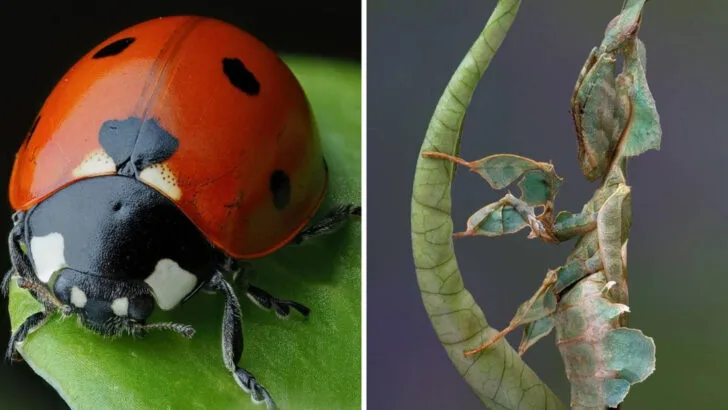In the garden, not all insects are created equal. Some are helpful allies that keep harmful pests in check, while others can cause real damage to your plants. Learning to recognize both the good and the bad can make a big difference in how you care for your garden throughout the season.
Knowing which bugs to encourage and which ones to watch out for helps you take smarter, more natural steps in protecting your plants. This season, keeping an eye out for these nine beneficial insects and nine common pests will give you a clearer picture of what’s happening in your garden—and how to respond.
Ladybug
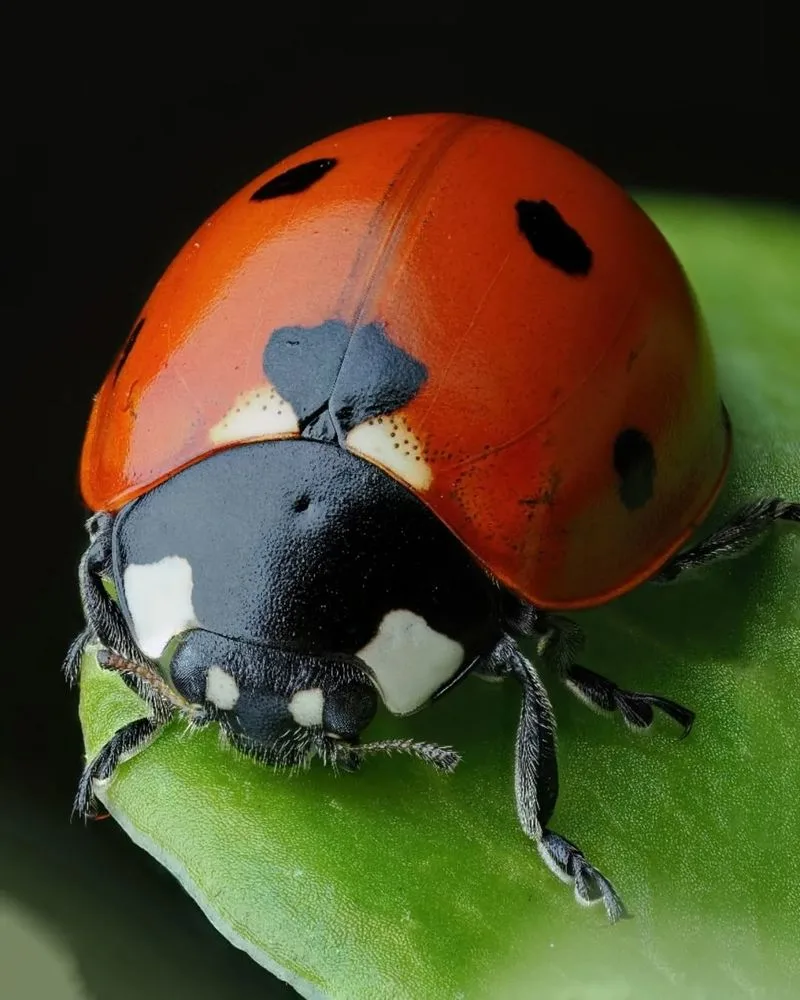
With a striking red shell and black spots, the ladybug is a gardener’s ally. These little beetles are renowned for their voracious appetite for aphids, making them an excellent natural pest control. As they flit between plants, they play a crucial role in maintaining garden health.
Surprisingly, ladybugs can also consume small mites and insect eggs, further contributing to their beneficial status. Their presence indicates a healthy ecosystem, aiding in the balance of insect populations.
Often seen as a symbol of good luck, ladybugs bring charm and utility to any garden.
Praying Mantis
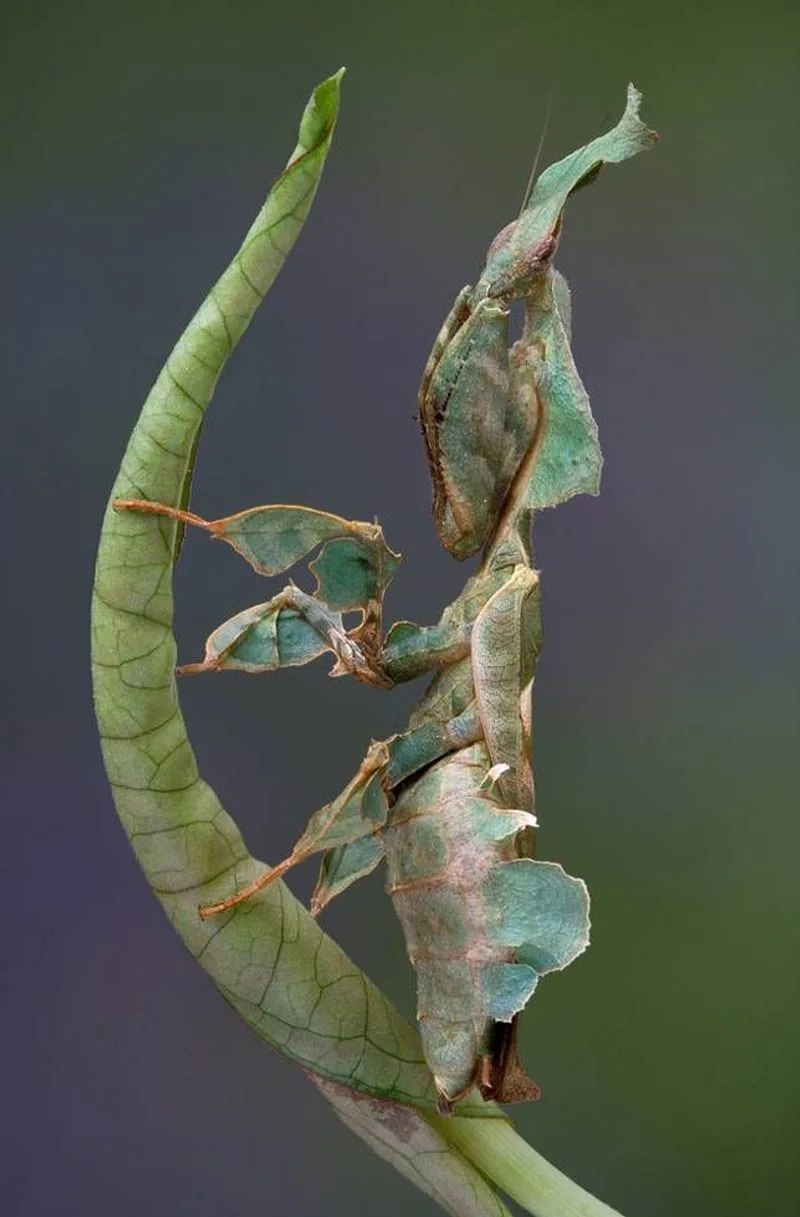
Crouched among the foliage, the praying mantis is a master of disguise. Known for its predatory prowess, this insect is both fascinating and functional in a garden setting. Its diet ranges from flies to caterpillars, helping to control pest populations naturally.
The mantis employs a unique hunting strategy, using its powerful front legs to snatch prey with lightning speed. Its presence is a testament to biodiversity, enhancing the garden’s ecological balance.
Did you know? Praying mantises can rotate their heads 180 degrees, scanning their surroundings with keen precision.
Lacewing
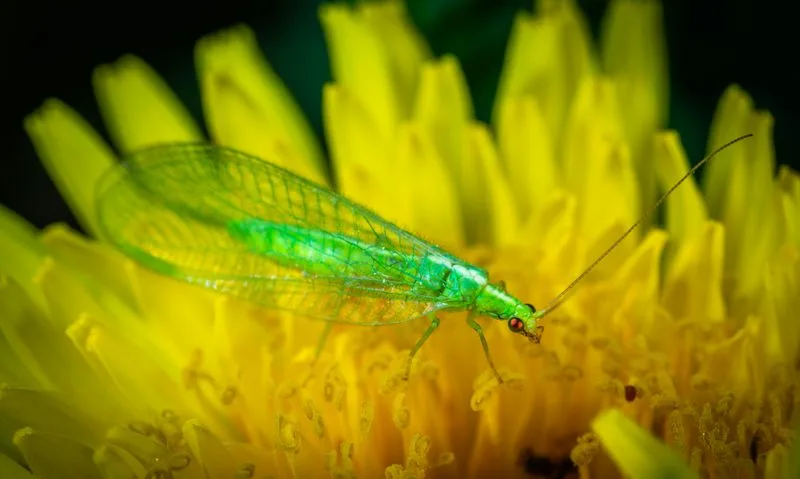
In the gentle flutter of its wings, the lacewing brings elegance and efficacy to pest control. Often overlooked, these insects are adept at managing aphid populations, safeguarding plant health. Their larvae, known as aphid lions, are particularly efficient predators.
Lacewings also target other soft-bodied insects, contributing to a balanced garden ecosystem. As they glide gracefully through the air, their delicate appearance belies their insect-controlling capabilities.
Lacewings are a valuable addition to any garden, promoting a thriving environment through natural means.
Honeybee
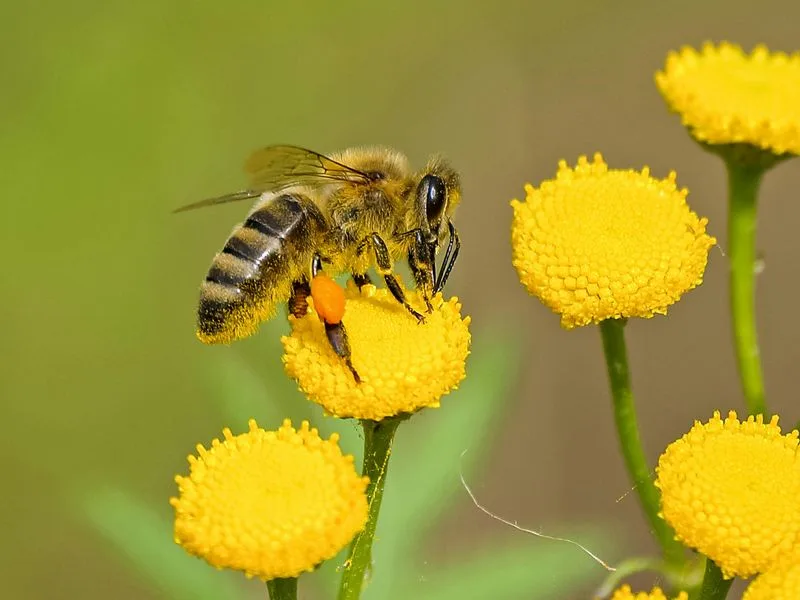
Buzzing with purpose, the honeybee is essential for pollination. These industrious insects facilitate the reproduction of flowering plants, contributing to biodiversity and crop yield. Their work helps sustain ecosystems, making them vital players in nature.
Honeybees communicate through dance, sharing information about food sources with their hive mates. This unique ability showcases their complex social structure and enhances their efficiency as pollinators.
Beyond pollination, honeybees produce honey, a sweet byproduct enjoyed by humans for millennia. Their presence signals a healthy, thriving garden ecosystem.
Dragonfly
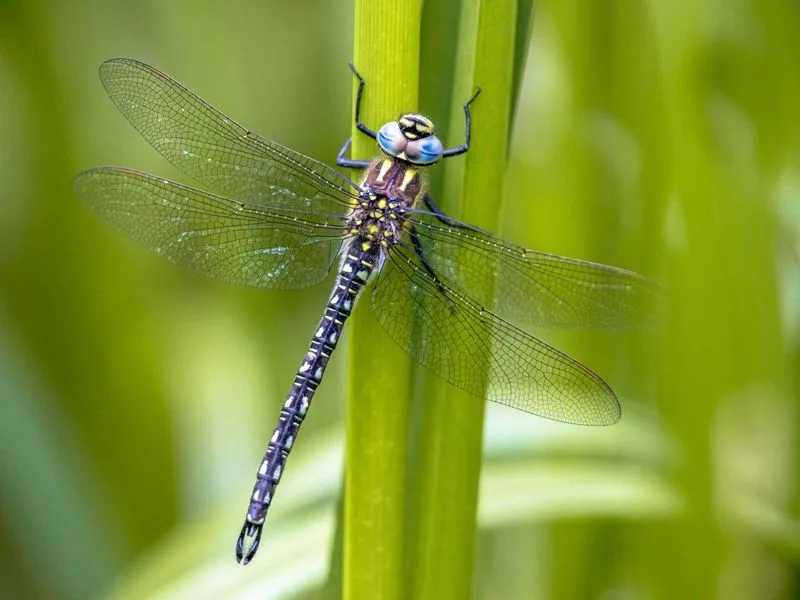
With iridescent wings and agile flight, the dragonfly is a marvel of nature. Known for consuming mosquitoes and other small insects, they are a welcome presence near water features. Their aerial acrobatics are not just captivating; they are practical, reducing pest populations.
Dragonflies undergo a remarkable life cycle, beginning in water before emerging as skilled hunters in the air. Their presence indicates healthy water bodies and balanced ecosystems.
These insects embody both beauty and utility, enhancing gardens with their dynamic presence and pest-controlling skills.
Ground Beetle
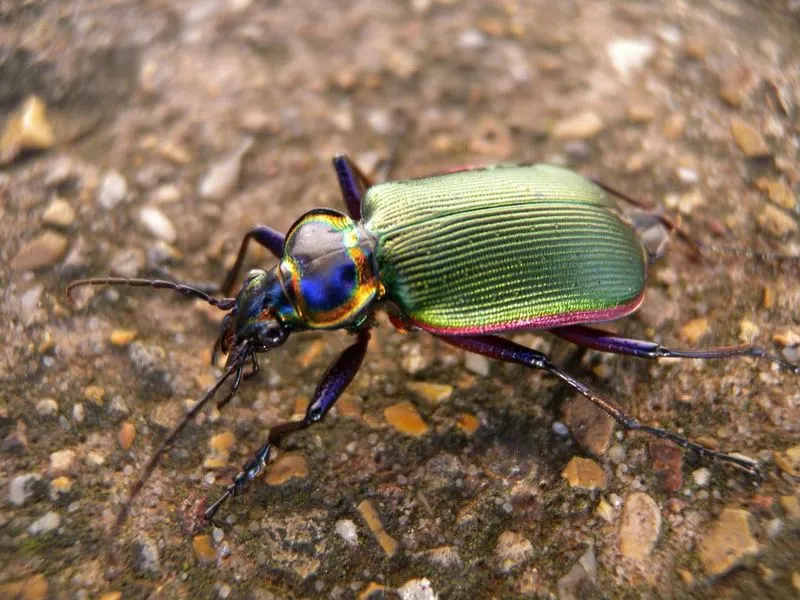
Darting across the soil, the ground beetle is an unsung hero. These nocturnal predators patrol the garden floor, feasting on slugs, caterpillars, and other pests. Their presence helps maintain a balanced ecosystem, reducing damage to plants.
Ground beetles are diverse in appearance, with some sporting metallic hues and others matte black. They adapt well to various environments, making them versatile allies in pest management.
Their role as natural pest controllers makes them invaluable to gardeners seeking sustainable solutions to insect challenges.
Hoverfly
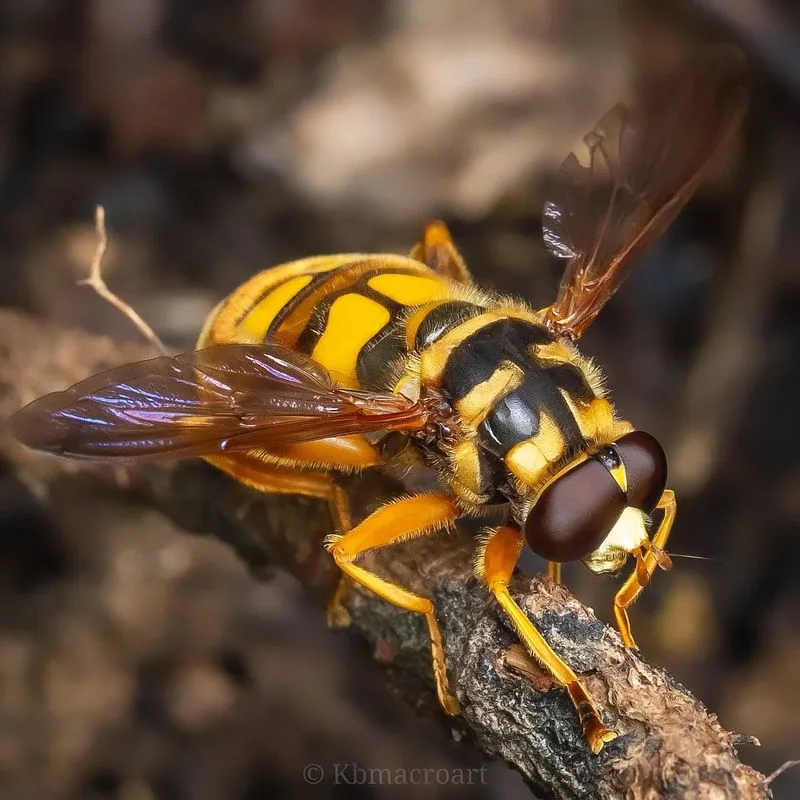
Often mistaken for bees, hoverflies are harmless pollinators with a flair for mimicry. Their black and yellow bands deter predators, while their role as pollinators supports garden health. Hoverflies also lay eggs near aphid colonies, with larvae that consume these pests.
Their agile flight allows them to visit an array of flowers, contributing to plant reproduction. Hoverflies are adaptable, thriving in various environments, and promoting biodiversity through pollination and pest control.
Their mimicry and ecological contributions make them fascinating and beneficial garden residents.
Spider
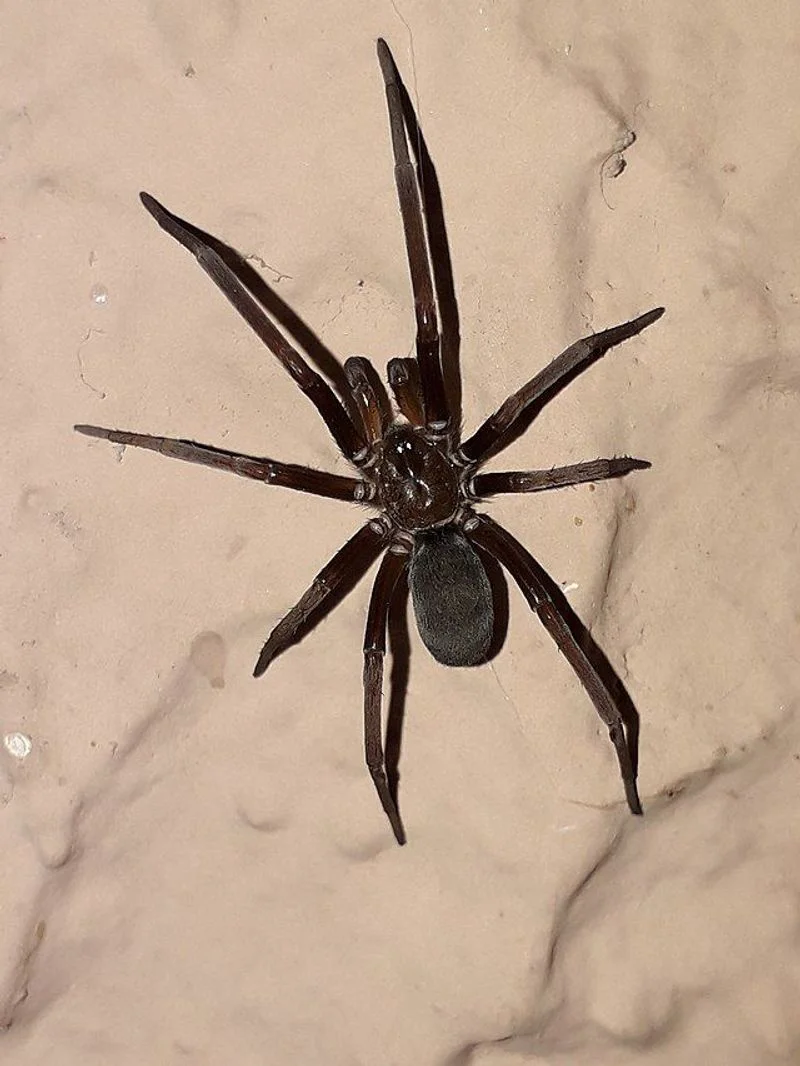
Often misunderstood, garden spiders are master builders and hunters. Their webs, spun with precision, ensnare a variety of insects, helping to manage pest populations naturally. Spiders contribute to a balanced ecosystem by controlling insect numbers.
Despite common fears, most garden spiders are harmless to humans and beneficial for plant health. Their presence indicates a thriving insect population, which is vital for biodiversity.
Spiders are integral to garden ecosystems, weaving a complex web of interactions that sustain plant and insect communities.
Braconid Wasp
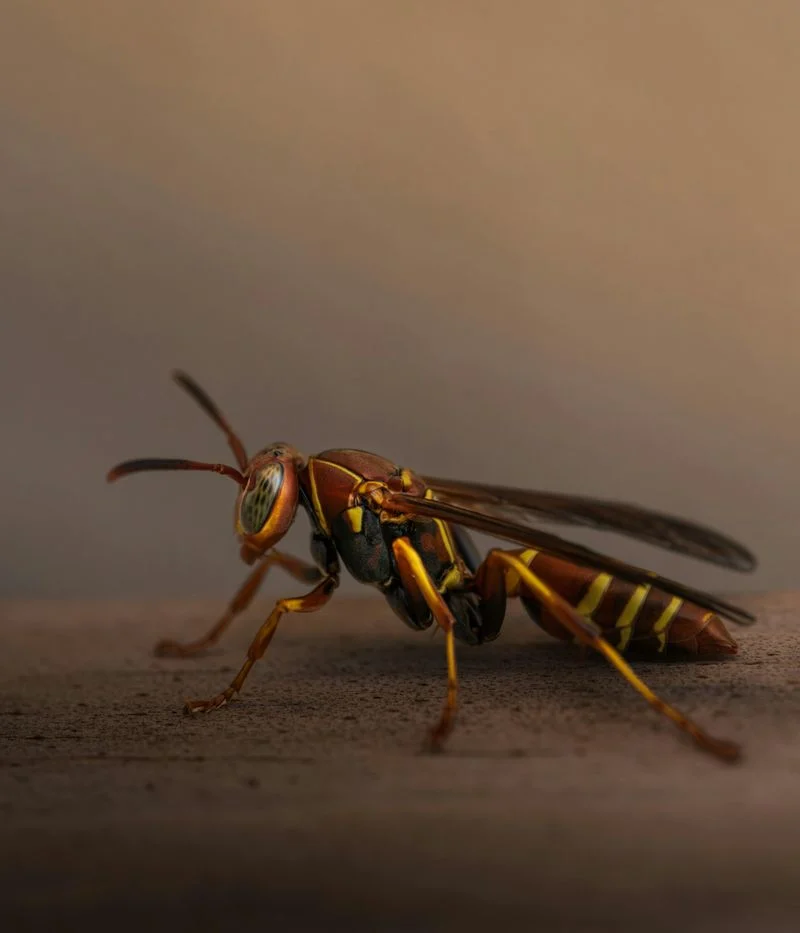
In the quiet corners of the garden, the braconid wasp plays a crucial role. These small, non-stinging wasps are parasitoids, laying their eggs inside caterpillars and other pests. This unique lifecycle helps control pest populations from within.
Braconid wasps are unobtrusive, yet their impact on pest management is significant. Their presence supports a balanced garden ecosystem, reducing the need for chemical interventions.
Their subtlety and effectiveness make them invaluable allies in achieving sustainable garden health.
Aphid
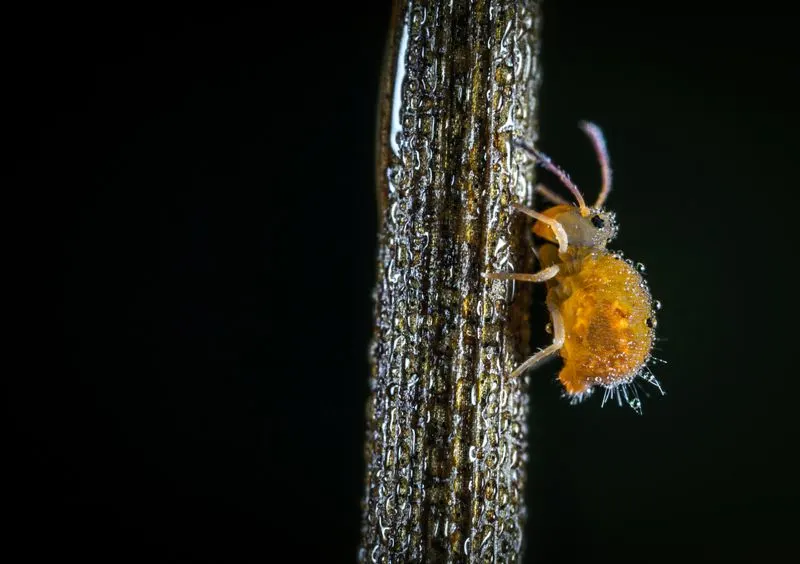
Clinging to plant stems, aphids are a gardener’s conundrum. These tiny insects multiply rapidly, siphoning sap and weakening plants. Their feeding can lead to stunted growth and distorted leaves, causing concern for plant health.
Aphids excrete honeydew, attracting ants and fostering sooty mold growth, further complicating pest issues. Despite their small size, their impact is substantial, requiring vigilant management.
Recognizing aphid infestations early can help mitigate damage, using natural predators or targeted treatments to restore balance.
Cabbage Worm
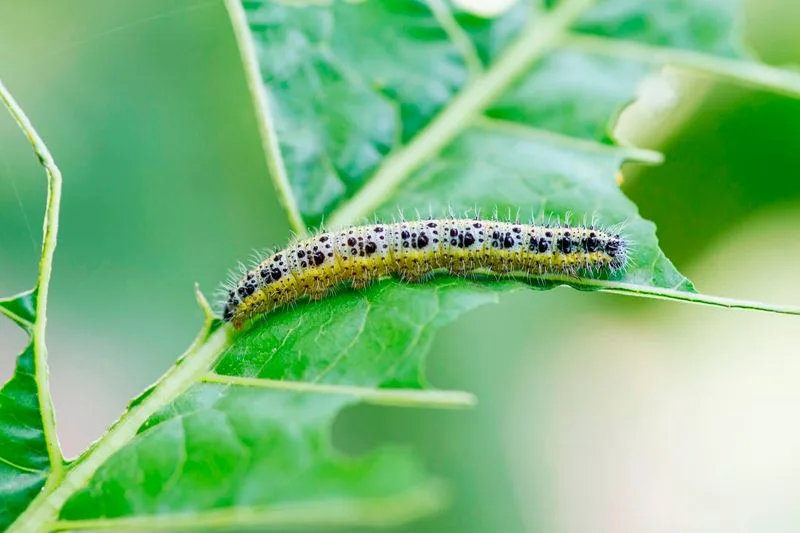
Munching on leafy greens, the cabbage worm is a persistent pest. These larvae of white butterflies can be found on cabbage, broccoli, and kale, causing significant damage. Their feeding habits result in holes and shredded leaves, diminishing crop yield.
Cabbage worms hide on the underside of leaves, making detection challenging. Regular inspection and manual removal can help control their numbers, reducing plant destruction.
Employing natural predators or nets can further prevent their impact, ensuring a healthier harvest season.
Japanese Beetle
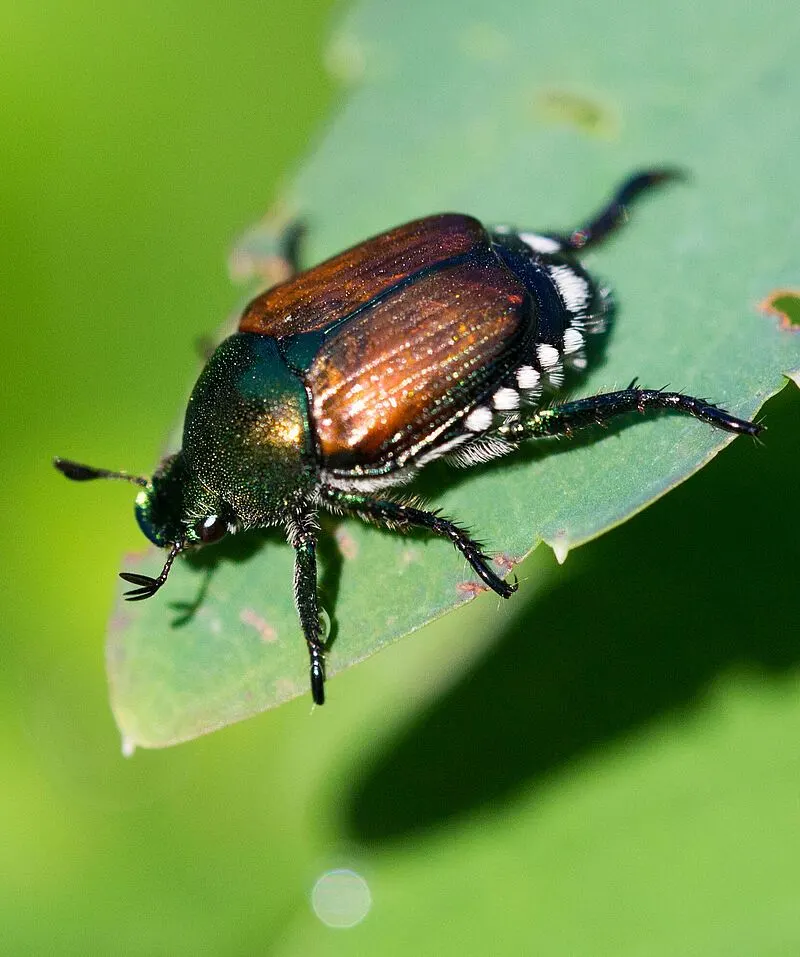
Sporting a metallic sheen, the Japanese beetle is both striking and destructive. These beetles target a wide range of plants, skeletonizing leaves and reducing photosynthesis. Their feeding can weaken plants, leaving them vulnerable to disease.
Japanese beetles often congregate, multiplying their impact. Handpicking and trapping are common management strategies, limiting their numbers and protecting garden beauty.
Their presence requires vigilance, as early intervention can prevent widespread damage and maintain garden vitality.
Cutworm
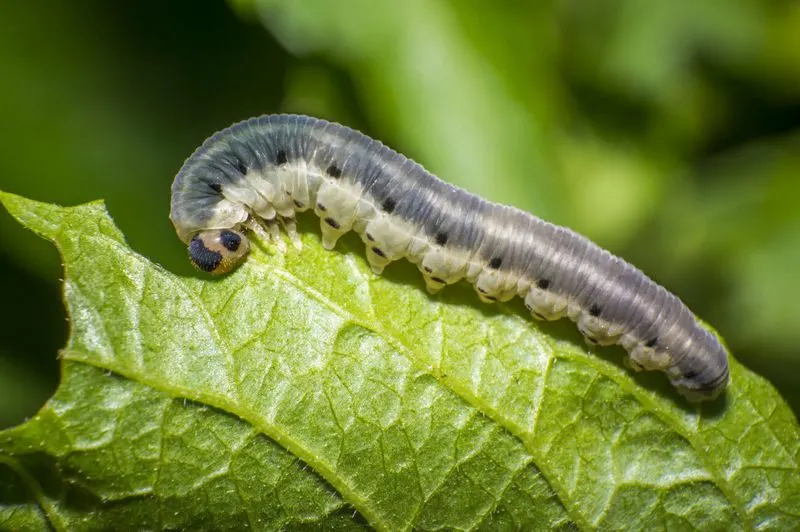
In the quiet of night, the cutworm emerges. These larvae cut through plant stems at the base, causing plants to wilt and die. Young seedlings and transplants are particularly vulnerable to their nocturnal feeding habits.
Cutworms hide in the soil during the day, making them elusive foes. Barriers and collars around plant stems can deter their destructive feeding, protecting young plants.
Vigilance and prevention are key to managing cutworm populations, ensuring garden success.
Squash Bug
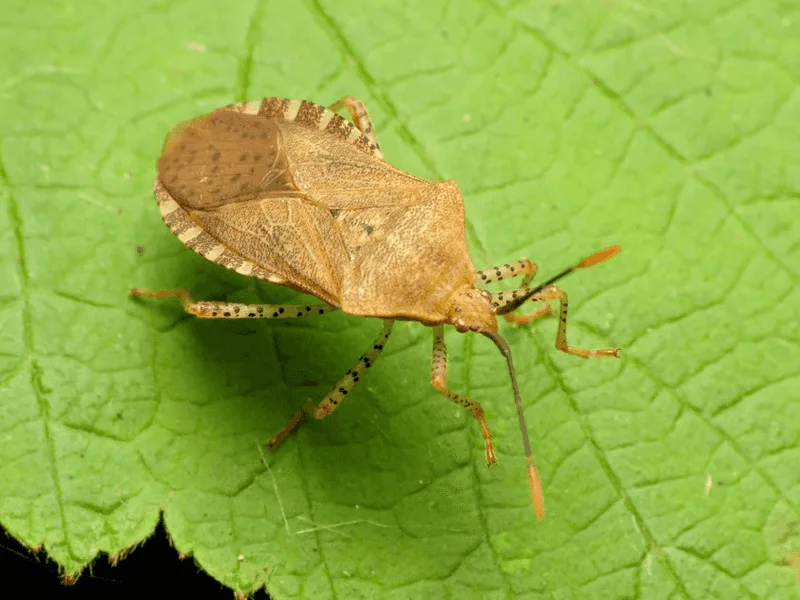
Flat and brown, the squash bug hides among vines, causing trouble for gardeners. Feeding on squash and pumpkin plants, they inject toxins that disrupt plant health, leading to wilting and decay.
Squash bugs lay eggs on the underside of leaves, requiring regular inspection for early intervention. Removing eggs and using traps can reduce their impact, preserving plant vitality.
Their stealthy nature calls for proactive measures, ensuring a successful growing season.
Tomato Hornworm
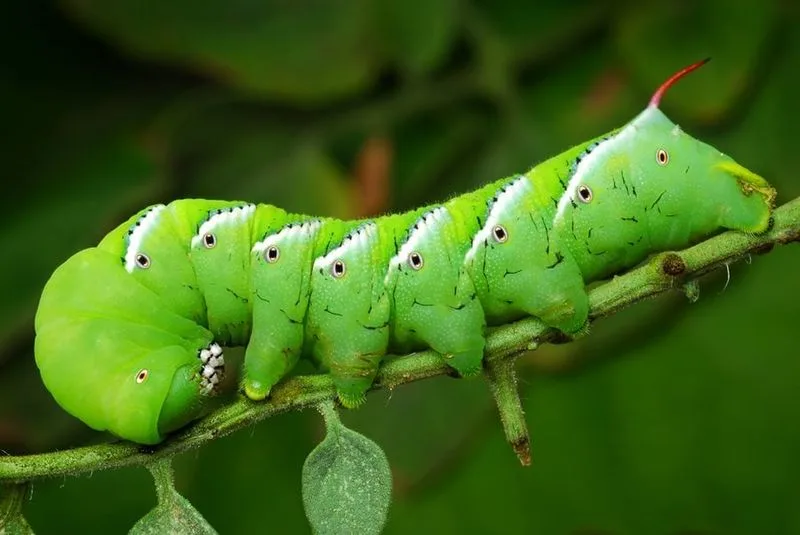
Looming large on tomato plants, the hornworm is a formidable pest. Their voracious appetite for leaves can defoliate plants rapidly, impacting fruit production. These caterpillars are easily identified by their size and distinctive horn.
Despite their size, hornworms blend well with foliage. Handpicking is an effective control method, reducing their numbers and minimizing damage.
Encouraging natural predators, like wasps, can also help manage hornworm populations, supporting a bountiful tomato harvest.
Slugs
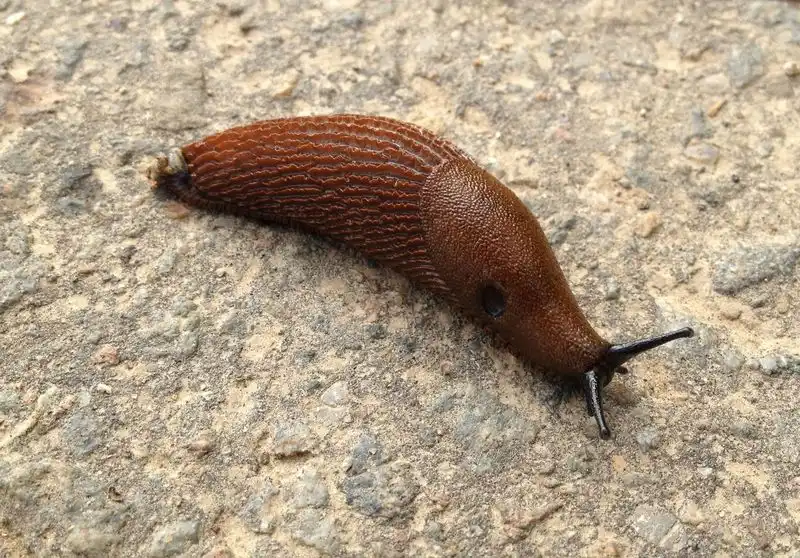
Leaving trails of slime, slugs are unwelcome visitors. Preferring damp conditions, they feed on tender leaves and fruits, causing holes and decay. Their nocturnal activity makes them difficult to detect, requiring evening inspections for control.
Slugs can be managed through barriers, traps, and natural predators, reducing their impact on plant health. Their presence signals a need for vigilant monitoring and intervention.
Maintaining dry conditions and providing habitats for predators can help manage slug populations effectively.
Whitefly
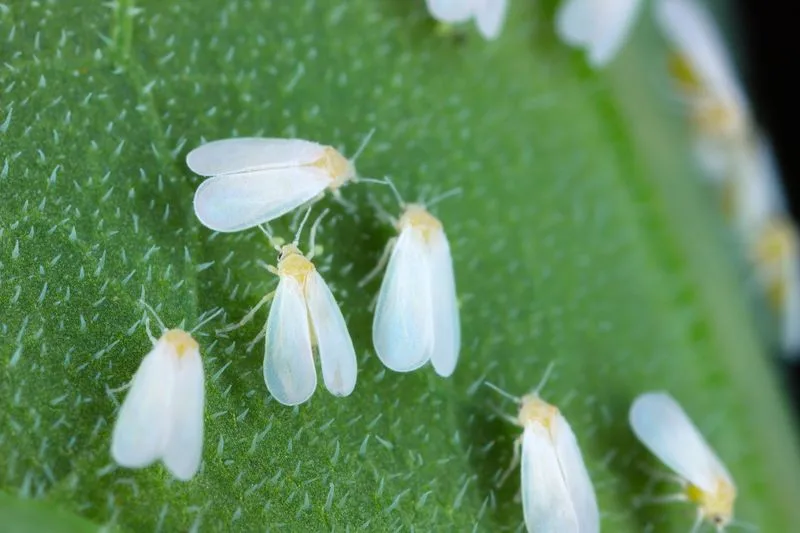
Tiny but numerous, whiteflies flutter around plants, posing a significant threat. Their feeding weakens plants by extracting sap, while their excretions foster mold growth and attract ants. Infestations can lead to stunted growth and yellowing leaves.
Regular monitoring and sticky traps can help detect and manage whitefly populations. Utilizing natural predators, like ladybugs, can also aid in their control.
Whiteflies require vigilant management to mitigate their impact and maintain a healthy garden environment.
Colorado Potato Beetle
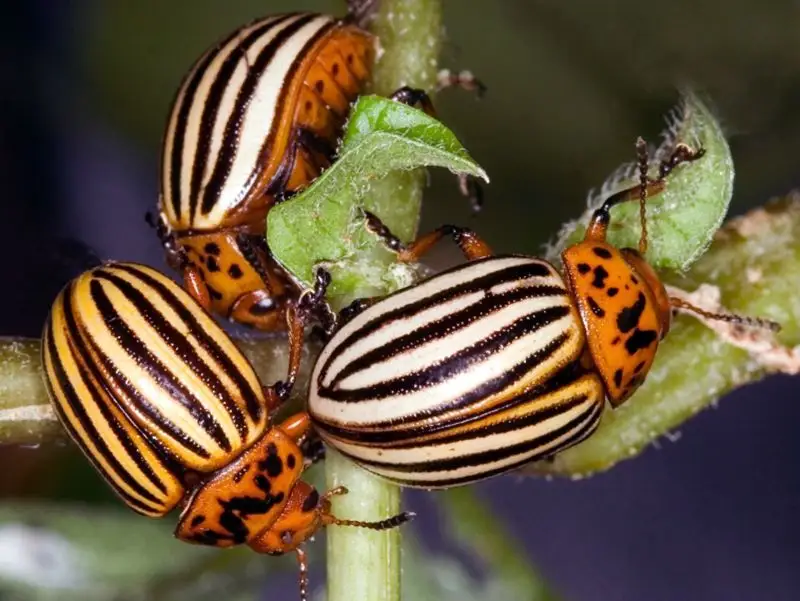
Boldly striped, the Colorado potato beetle is a notorious pest. Found on potato and other solanaceous crops, these beetles decimate foliage, reducing plant vigor and yield. Their larvae are equally destructive, requiring prompt intervention.
Handpicking and crop rotation are effective strategies to manage beetle populations, preserving plant health. Their resilience necessitates varied control methods to combat their impact.
Protecting crops from this persistent pest is essential for a successful harvest.

